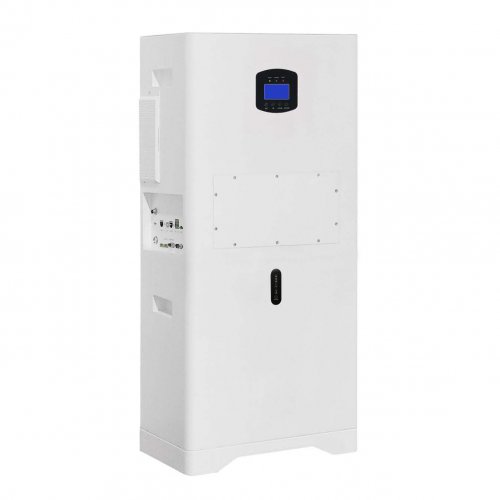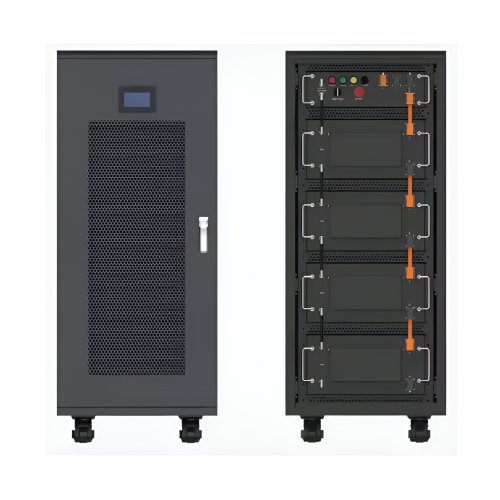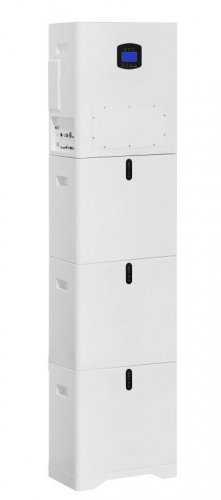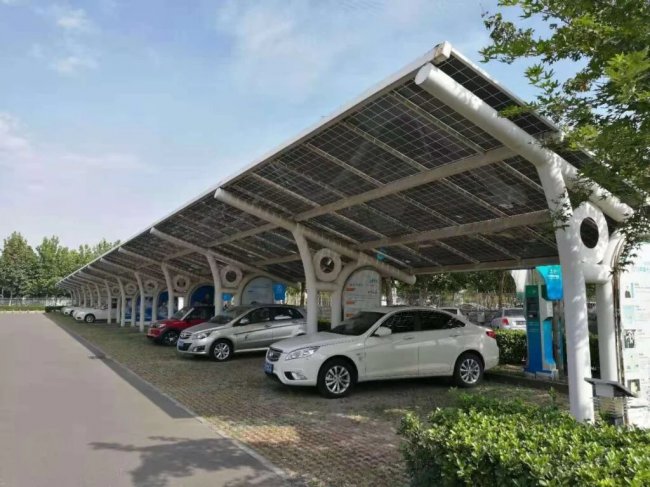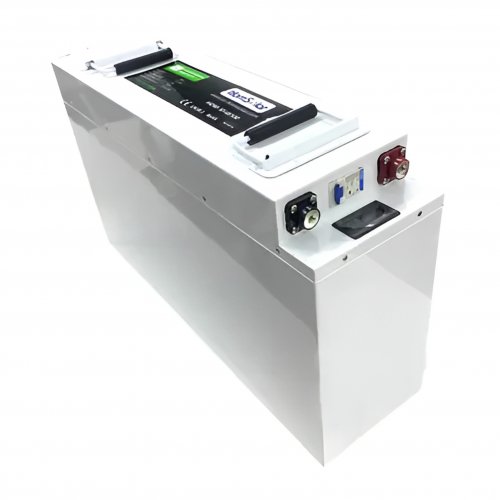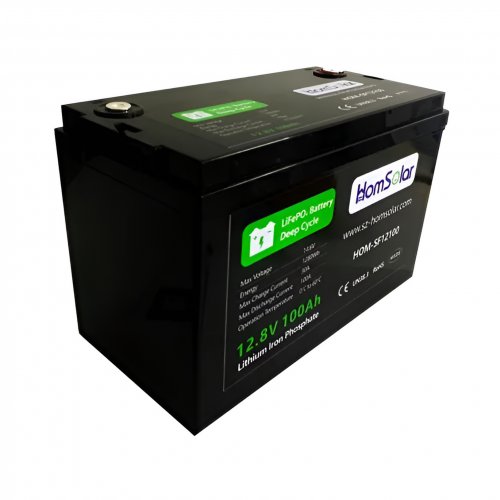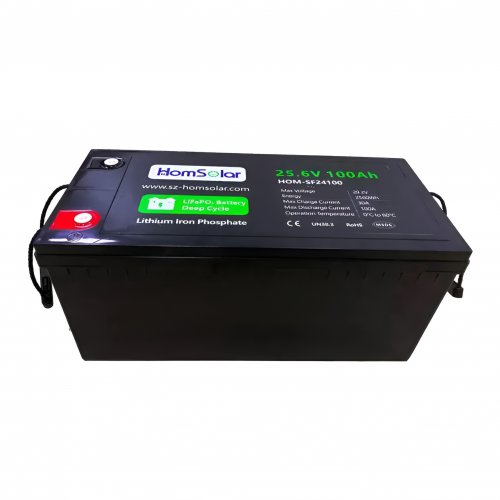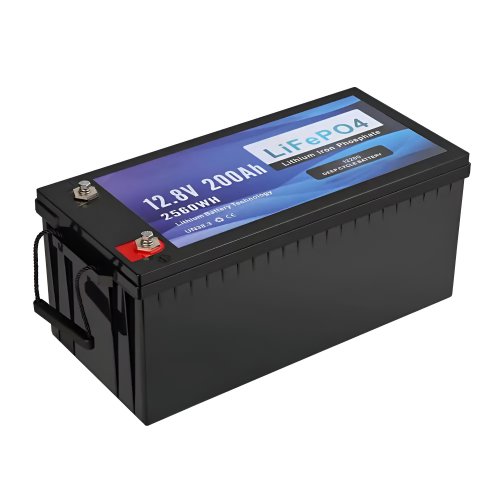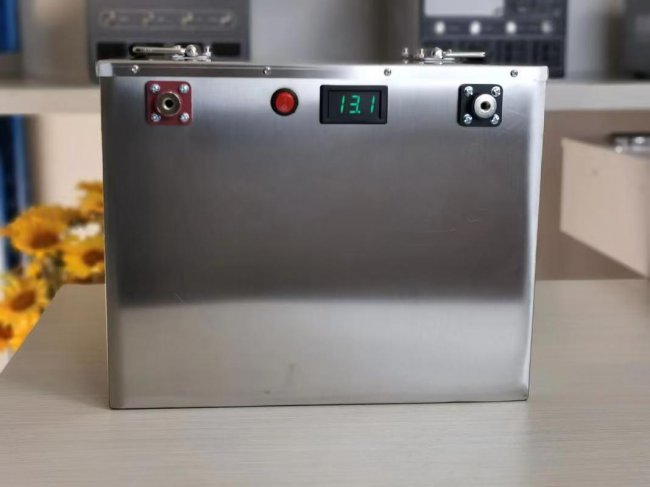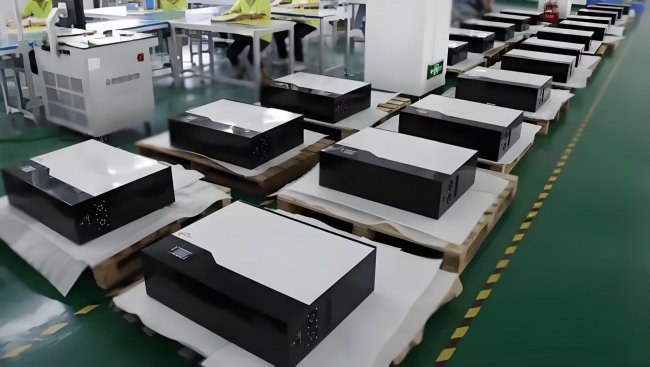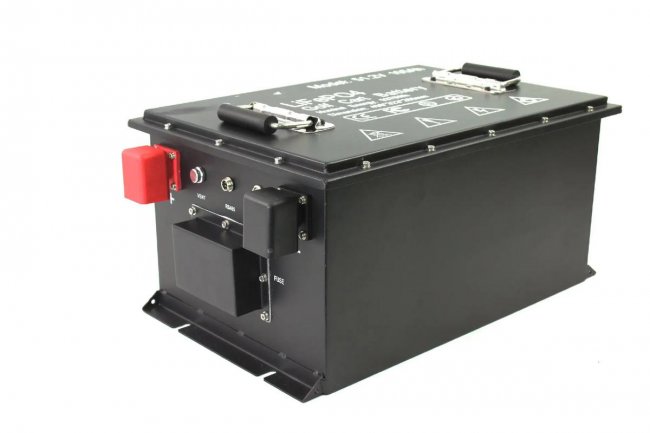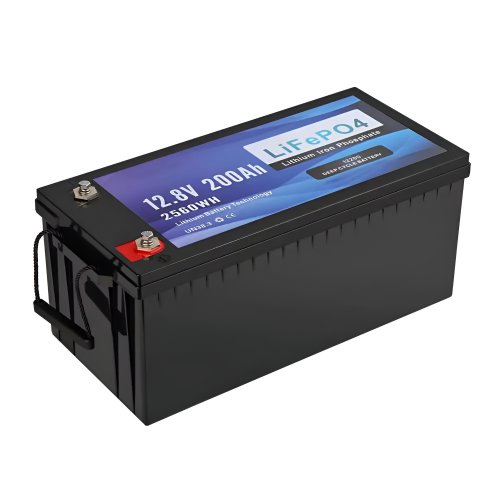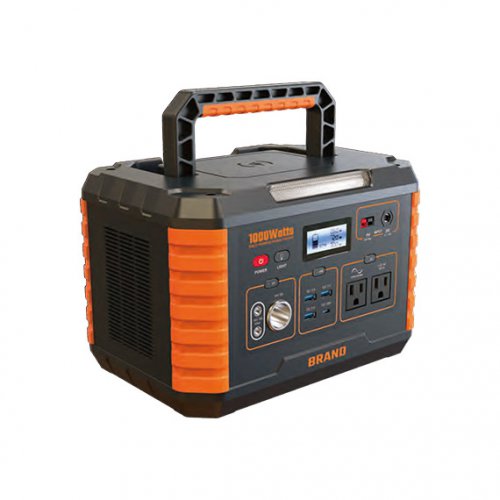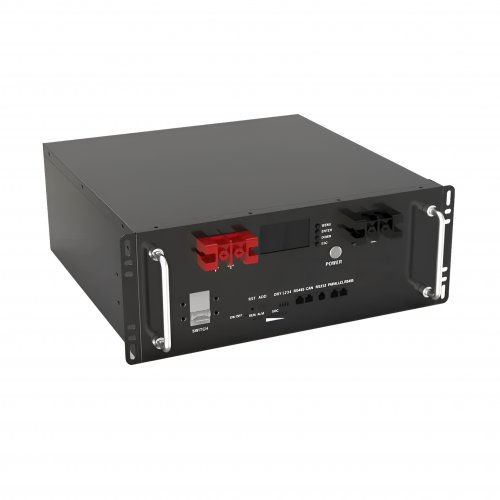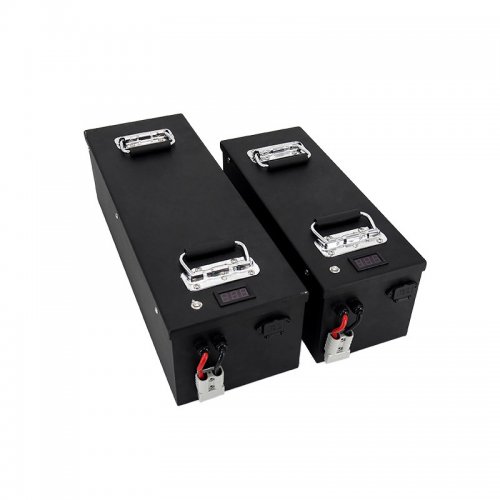Testing rigid connectors in floating photovoltaics
Researchers from China’s Harbin Engineering University have explored the use of single-rod rigid connectors in floating PV setups and have found that these connectors offer a series of advantages over polyester ropes.
The research group conducted several numerical simulations on different floating PV system sizes, different rod lengths, and different degrees of movement freedoms. “Currently, many FPV floats are connected using polyester ropes,” it explained. “However, as the photovoltaic deployment area increases, the number of polyester ropes and the complexity of their arrangement also increase, leading to potential issues. In comparison to polyester ropes, steel structural connectors offer advantages such as simplifying their arrangement. Therefore, applying steel structural connectors to connect photovoltaic floats is a promising approach.”
In their simulation, the scientists assumed the floating system to be deployed in waters with a depth of 12.68 m. Each PV platform is supported by four small octagonal floats, which are made from high-density polyethylene (HDPE) and have an outer diameter of 2.8 m and an inner diameter of 1.2 m. A six-line mooring system is also employed.
The floats are connected with rigid connectors of 1.2 m, namely purely rigid connectors, hinged connectors, and cardan connectors. While purely rigid connectors do not release any degrees of freedom, hinged connectors allow for relative rotation. Cardan connectors allow rotation on two axes, reducing vertical and lateral bending moments but are prone to self-locking effects under wave action. Each kind of connector was tested in either two, four, or eight PV setups. The case of a two-panel system was investigated further, with additional connector lengths of 0.5 m and 1.9 m.
“It has been proven through validation that the three-dimensional potential flow theory can be well applied to the motion of floating photovoltaics,” the academics said. “In the rigid connectors between the floats, different joints are simulated by imposing constraints. The connection used in the article is a single-rod connector. Therefore, constraints are imposed on both sides. In numerical simulation, the joints of connectors are simplified into constraints, and different forms of connectors are simulated by releasing degrees of freedom in different directions.”
The simulation results showed that purely rigid connectors experience significant longitudinal bending moments and vertical loads. On the other hand, the release of degrees of freedom leads to a corresponding reduction in bending moments and loads. The cardan connectors experience 4.86 times smaller longitudinal moments compared to purely rigid connectors under specific conditions.
“It is important to highlight that, in cardan connectors, the self-locking effect reintroduces stiffness, generating additional bending moments,” the researchers highlighted. “This suggests that connectors lacking released degrees of freedom are unsuitable for harsh offshore environments. To prevent self-locking, the cardan connectors should be utilized individually in areas with lower wind and wave conditions.”
Concluding their paper, the scientists explained that, as the number of floats increases, the loads on the connectors progressively rise, and the likelihood of green water on deck also increases. “The maximum loads on the connectors in eight-floating and four-floating configurations are significantly greater than those in the two-floating setup, with the maximum load point shifting toward the center as the float configuration expands,” they stated. “This finding indicates that the middle section of the multi-floating system is particularly vulnerable.”
The results were presented in “Hydrodynamic analysis of floating photovoltaic system constrained with rigid connectors,” published in Scientific Reports. The research team included scientists from Chinese offshore specialist Yantai CIMC Raffles.
Customized/OEM/ODM Service
HomSolar Supports Lifepo4 battery pack customization/OEM/ODM service, welcome to contact us and tell us your needs.


HomSolar: Your One-stop LiFePO4 Battery Pack & ESS Solution Manufacturer
Our line of LiFePO4 (LFP) batteries offer a solution to demanding applications that require a lighter weight, longer life, and higher capacity battery. Features include advanced battery management systems (BMS), Bluetooth® communication and active intelligent monitoring.

Customised Lithium Iron Phosphate Battery Casing
ABS plastic housing, aluminium housing, stainless steel housing and iron housing are available, and can also be designed and customised according to your needs.

HomSolar Smart BMS
Intelligent Battery Management System for HomSolar Energy Storage System. Bluetooth, temperature sensor, LCD display, CAN interface, UART interface also available.


Terminals & Plugs Can Be Customized
A wide range of terminals and plugs can be customised to suit the application needs of your battery products.

Well-designed Solutions for Energy Storage Systems
We will design the perfect energy storage system solution according to your needs, so that you can easily solve the specific industry applications of battery products.



About Our Battery Cells
Our energy storage system products use brand new grade A LiFePO4 cells with a battery lifespan of more than 4,000 charge/discharge cycles.



Applications in Different Industries
We supply customized & OEM battery pack, assemble cells with wiring, fuse and plastic cover, all the cell wires connected to PCB plug or built BMS.
Applications: E-bike, Electric Scooter, Golf Carts, RV, Electric Wheelchair, Electric Tools, Robot Cleaner, Robot Sweeper, Solar Energy Storage System, Emergency Light, Solar Power Light, Medical Equipment, UPS Backup Power Supply.
We can provide you with customized services. We have the ability to provide a vertical supply chain, from single cells to pack/module and to a complete power solution with BMS, etc.


HomSolar (Shenzhen) Technology Co., Ltd







